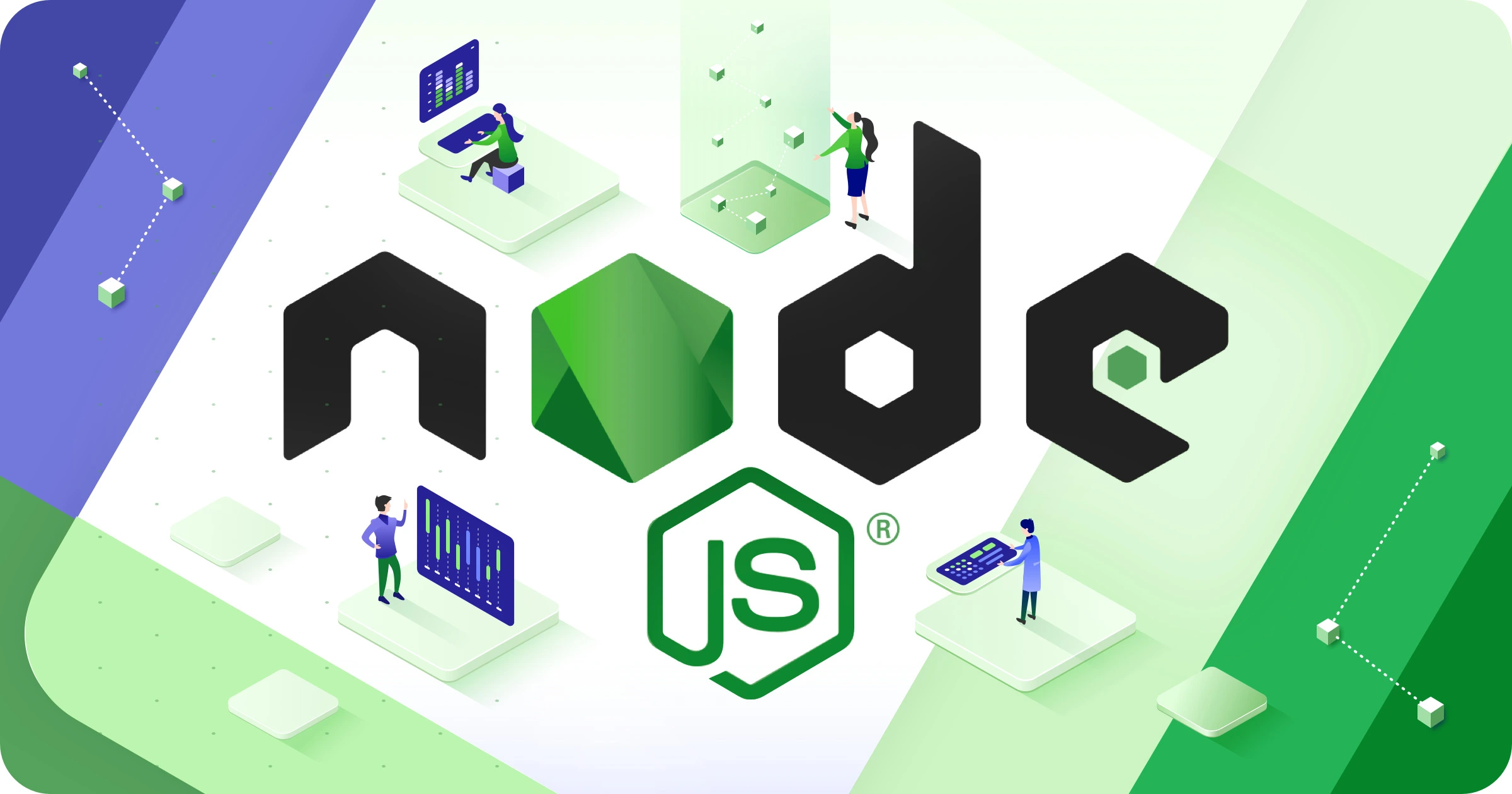Performance optimization in Node.js:
Techniques for improving the performance and scalability of Node.js applications.
Node.js is a popular platform for building high-performance, scalable web applications. However, as your application grows in size and complexity, you may start to notice performance bottlenecks that can impact the user experience and scalability. In this blog post, we’ll explore some techniques for optimizing the performance of your Node.js applications and improving scalability.
Use Asynchronous Programming
One of the key advantages of Node.js is its event-driven, non-blocking I/O model, which allows it to handle large numbers of concurrent requests efficiently.
To take advantage of this, you should write your Node.js code in an asynchronous style, using callbacks, promises, or async/await.
Asynchronous programming allows Node.js to continue processing other requests while waiting for I/O operations to complete, improving performance and reducing the risk of blocking.
Asynchronous programming is a key concept in Node.js that allows you to optimize the performance of your applications by efficiently managing I/O operations and avoiding blocking code execution.
There are several techniques and patterns you can use for asynchronous programming in Node.js to achieve better optimization. Here are a few approaches you can consider:
- Callbacks: Callbacks are the traditional way of handling asynchronous operations in Node.js. You can pass a callback function as an argument to an asynchronous function, and that function will be invoked once the operation is completed.
This approach helps avoid blocking the event loop and allows other operations to continue while waiting for the asynchronous operation to finish.
Example:
function fetchData(callback) {
// Simulating an asynchronous operation
setTimeout(() => {
const data = “Hello, world!”;
callback(null, data); // Pass the result to the callback
}, 1000);
}
fetchData((err, result) => {
if (err) {
console.error(“Error:”, err);
} else {
console.log(“Result:”, result);
}
});
- Promises: Promises provide a cleaner way to handle asynchronous operations and avoid callback hell.
Promises represent the eventual completion (or failure) of an asynchronous operation and allow you to chain multiple asynchronous operations together.
Example:
function fetchData() {
return new Promise((resolve, reject) => {
// Simulating an asynchronous operation
setTimeout(() => {
const data = “Hello, world!”;
resolve(data); // Resolve the promise with the result
}, 1000);
});
}
fetchData()
.then(result => {
console.log(“Result:”, result);
})
.catch(err => {
console.error(“Error:”, err);
});
- Async/await: Async/await is a modern approach to asynchronous programming in Node.js that builds upon promises.
It allows you to write asynchronous code in a synchronous-like manner, making it easier to understand and maintain.
The async keyword is used to define an asynchronous function, and the await keyword is used to pause the execution until a promise is resolved or rejected.
Example:
function fetchData() {
return new Promise((resolve, reject) => {
// Simulating an asynchronous operation
setTimeout(() => {
const data = “Hello, world!”;
resolve(data); // Resolve the promise with the result
}, 1000);
});
}
async function main() {
try {
const result = await fetchData();
console.log(“Result:”, result);
} catch (err) {
console.error(“Error:”, err);
}
}
main();
Minimize Blocking Operations
While Node.js is designed to handle I/O operations efficiently, certain types of blocking operations can still cause performance issues.
For example, long-running CPU-bound operations can block the Node.js event loop and prevent it from handling other requests.
To minimize blocking operations, you should consider offloading CPU-intensive tasks to worker threads or using a process manager like PM2 to run your Node.js application across multiple processes.
Optimize Memory Usage
Memory usage can also be a bottleneck for Node.js applications, especially as the application grows in size and complexity.
To optimize memory usage, you should avoid creating unnecessary objects and use techniques like object pooling to reuse objects where possible.
You should also monitor memory usage using tools like the built-in Node.js memory profiler or third-party tools like Heapdump and GC Stats, and tune the Node.js garbage collector settings to optimize memory management.
Use Caching
Caching is a powerful technique for improving the performance and scalability of Node.js applications by reducing the number of I/O operations required to generate a response.
You can use caching to cache frequently accessed data, such as database queries or API responses, and avoid repeating expensive operations.
Node.js provides built-in caching mechanisms like the Node.js memory cache and the Node.js file cache, as well as third-party caching modules like Redis and Memcached.
Optimize Database Access
Database access is a common bottleneck for Node.js applications, especially when dealing with large datasets or high levels of concurrency.
To optimize database access, you should consider using techniques like connection pooling to reuse database connections, using database-specific optimizations like indexing and caching, and optimizing database queries to reduce the amount of data retrieved from the database. You should also monitor database performance using tools like the Node.js database profiler or database-specific monitoring tools.
Monitor Performance
Finally, it’s important to monitor the performance of your Node.js application to identify performance bottlenecks and track improvements.
Node.js provides built-in monitoring tools like the Node.js event loop profiler and the Node.js CPU profiler, as well as third-party monitoring tools like New Relic and Datadog.
By monitoring performance, you can identify areas for optimization and track the impact of performance improvements over time.
Conclusion
Optimizing the performance and scalability of Node.js applications requires a combination of asynchronous programming, minimizing blocking operations, optimizing memory usage, using caching, optimizing database access, and monitoring performance. By following these techniques, you can improve the performance of your Node.js application and provide a better user experience for your users.





